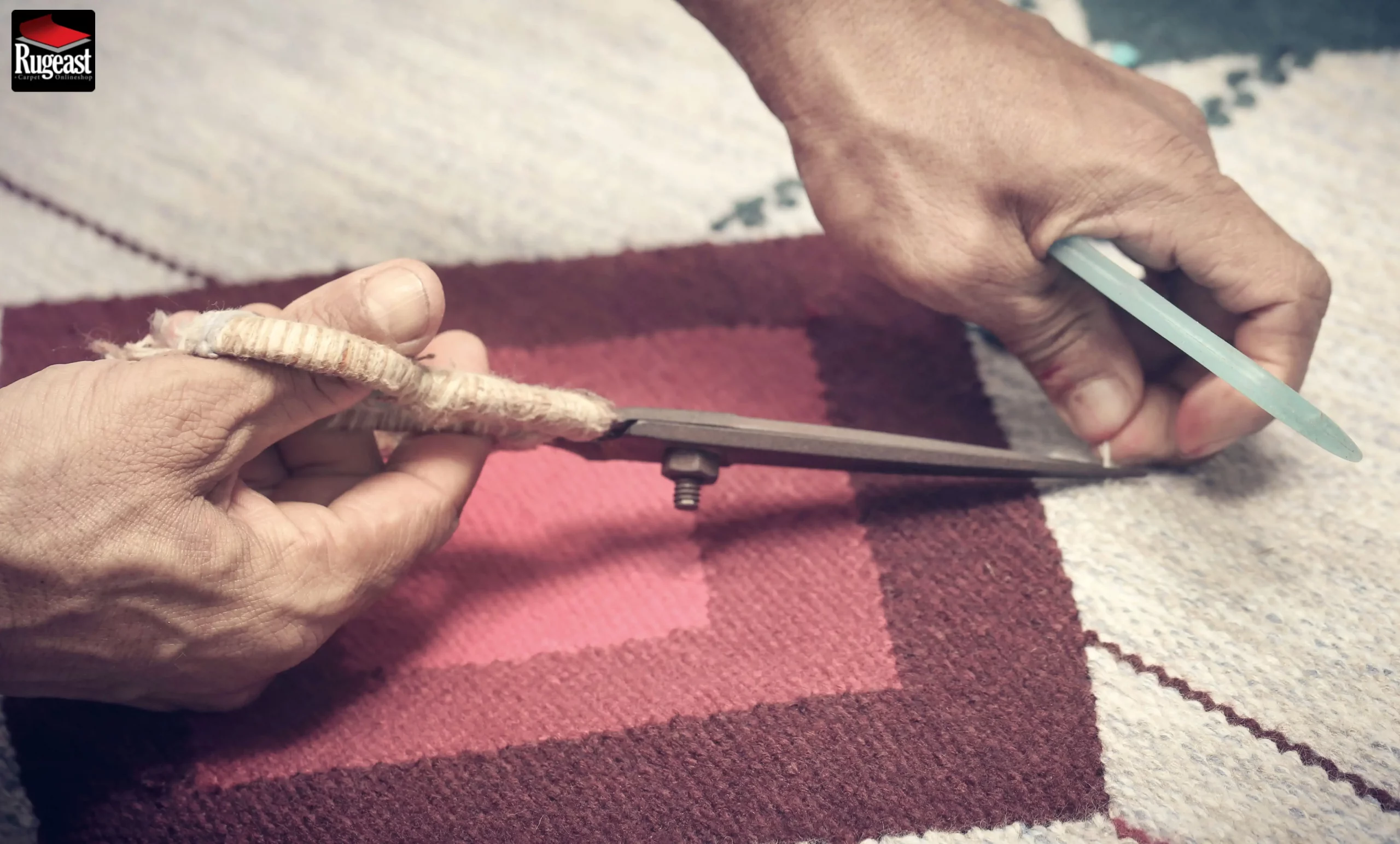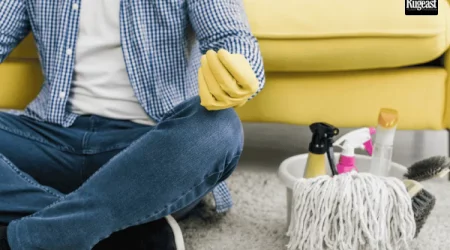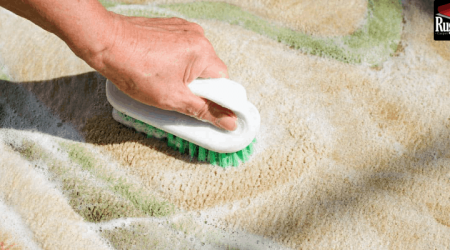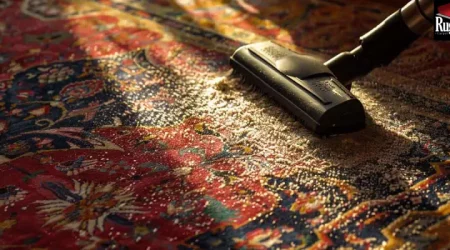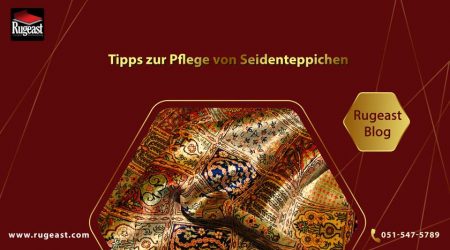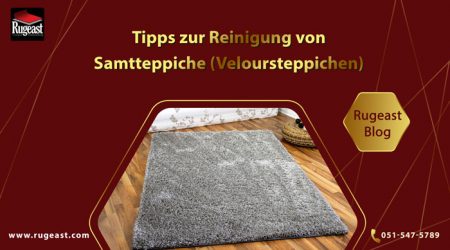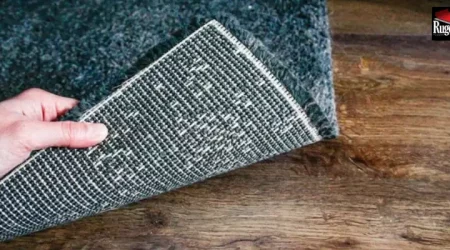How to Identify a Genuine Handmade Rug from a Fake One?
Methods for Recognizing an Authentic Carpet
Hand-knotted oriental rugs are among the most exquisite and valuable handmade artworks in the world, known for their intricate patterns, durability, and timeless beauty. However, with the growing market, many fake or machine-made rugs have flooded the scene, making it difficult for regular buyers to distinguish between genuine and counterfeit ones. In this guide, we share expert and practical methods to identify an authentic handmade rug.
1. Examine the Back of the Rug
The back of a handmade rug reveals a lot. In an authentic hand-knotted rug, the pattern on the back is clearly visible and mirrors the front, though slightly less defined. The knots are irregular and show the human touch. In contrast, machine-made rugs have uniform, perfect stitches and identical patterns on the back.
2. Touch and Feel the Texture
Handmade rugs are crafted from natural fibers such as wool or silk, giving them a soft, warm, and organic feel. Machine-made rugs, typically made from synthetic materials, often feel plastic-like and cold to the touch.
3. Colors and Designs
Authentic hand-knotted rugs use natural or vegetable dyes. These colors age beautifully and retain their depth. You may even notice slight variations, a sign of natural dyeing. Machine-made rugs often have overly uniform and artificial colors.
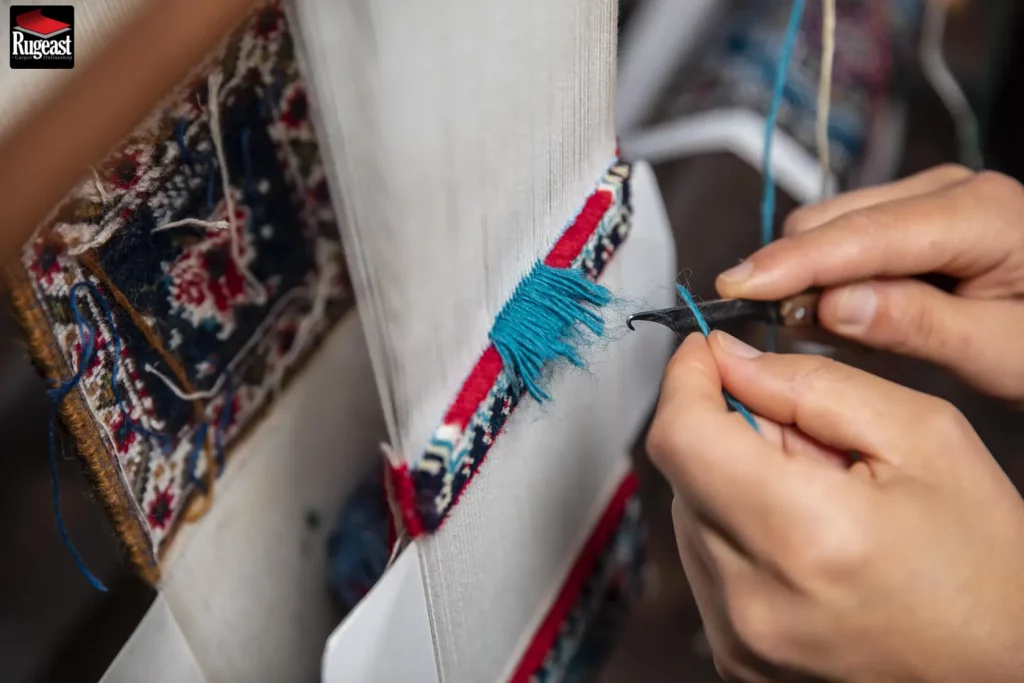
4. Knot Count and Quality
You can count the knots on the back of a handmade rug. They are varied and imperfect — a testament to craftsmanship. Machine-made rugs feature machine-perfect, repetitive knots.
5. Edges and Borders
Handmade rugs have borders and fringes that are integral to the weave — not sewn or glued. Machine-made carpets usually have edges stitched or glued on separately.
6. Weight and Thickness
Due to dense knots and high-quality materials, handmade rugs tend to be heavier for their size. They are also more compact and durable.
7. Scratch Test
When you run your fingernail over a handmade rug, it produces a coarse sound, reflecting its thick natural fibers. Machine-made rugs, by contrast, sound softer and more even.
8. Authenticity Tags and Certificates
Quality handmade rugs come with authenticity tags or certificates from reputable sellers. Always buy from trusted rug specialists and galleries.

9. Price Matters
If the price seems too good to be true, it probably is. Authentic handmade rugs are more expensive due to their craftsmanship, materials, and time invested.
10. Water Test
Pouring a little water on a handmade rug leads to slow absorption due to the natural wool. It takes longer to dry. Synthetic machine-made rugs repel water and dry quickly.
Conclusion
Identifying a genuine hand-knotted rug requires attention, knowledge, and experience. By using these expert tips, you can confidently choose a high-quality rug that’s both a beautiful addition to your home and a wise investment.

